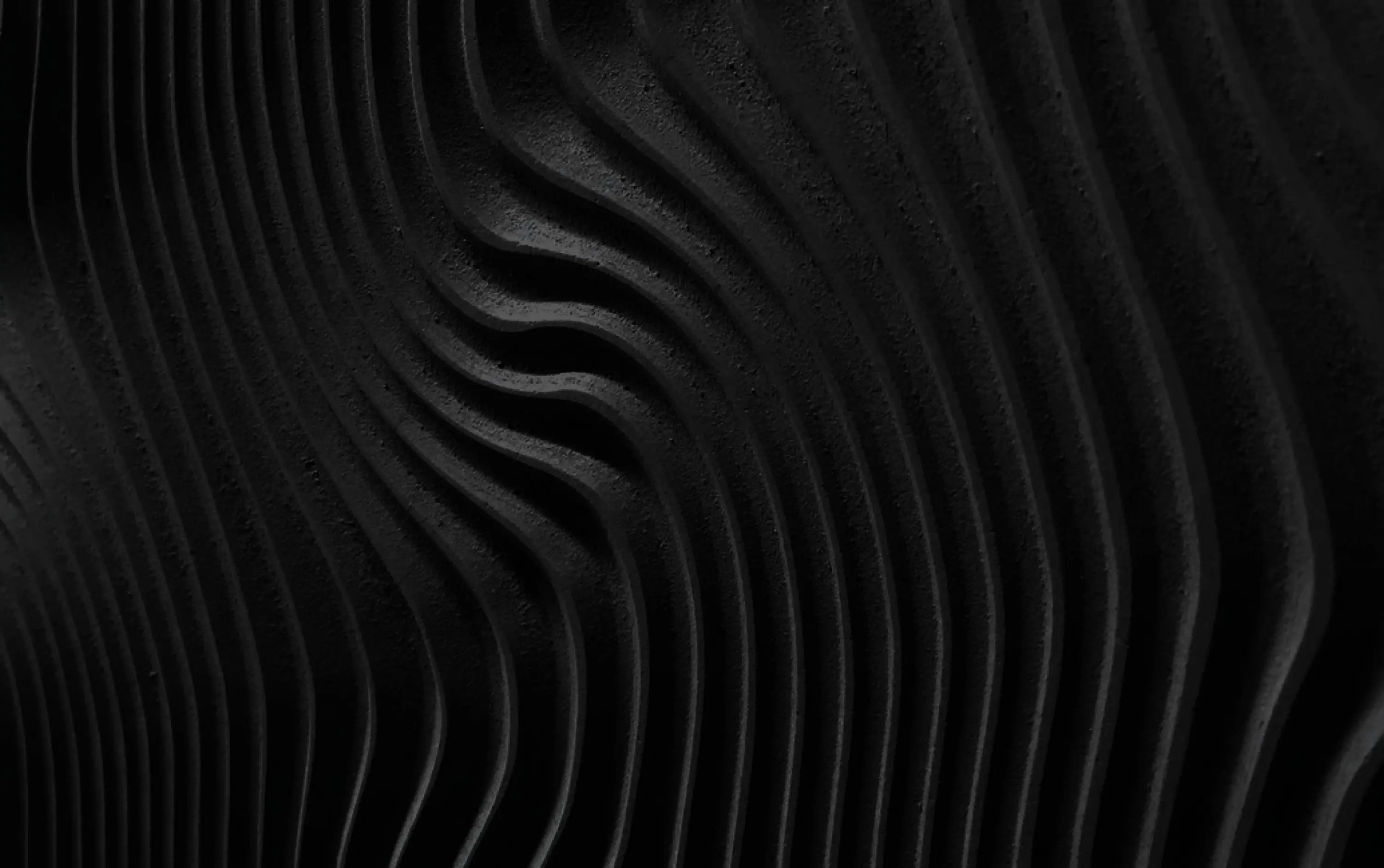The Future of Acoustic Engineering for Buildings
Read our insight paper discussing the future of acoustic engineering for buildings. Amongst other things you will get insights on why acoustics matter inside buildings, what typical approaches are used in acoustic engineering, and what the latest developments are in architectural acoustics.
Why do acoustics matter inside buildings?
Whether residential, educational or commercial in nature, it is an architect's job to perfect the functionality and serviceability of buildings - its acoustics included.
What is the typical approach used in acoustic engineering?
The geometrical approach essentially works by simplifying sound propagation and reflection. These methods include the ray tracing method, the image source method, and the beam tracing method, etc.
What are the latest developments in architectural acoustics?
Various breakthroughs in advanced computational mathematics, wave physics modelling techniques and parallel cloud computing have opened the door for newer and more sophisticated room acoustic simulation technologies.
"Using Treble’s virtual sound simulation platform in the design of the Uppsala Town Hall, we could for the first time integrate sound into our architectural design process. The end result is a more sustainable and healthy building, both for the users and the environment."
For more information about Treble and our technology, you view our knowledge base.
We also invite you to read our validation case studies such as:
- Treble Simulation of empty rectangular rooms with porous absorbers
- Full bandwidth wave-based simulations using Treble
